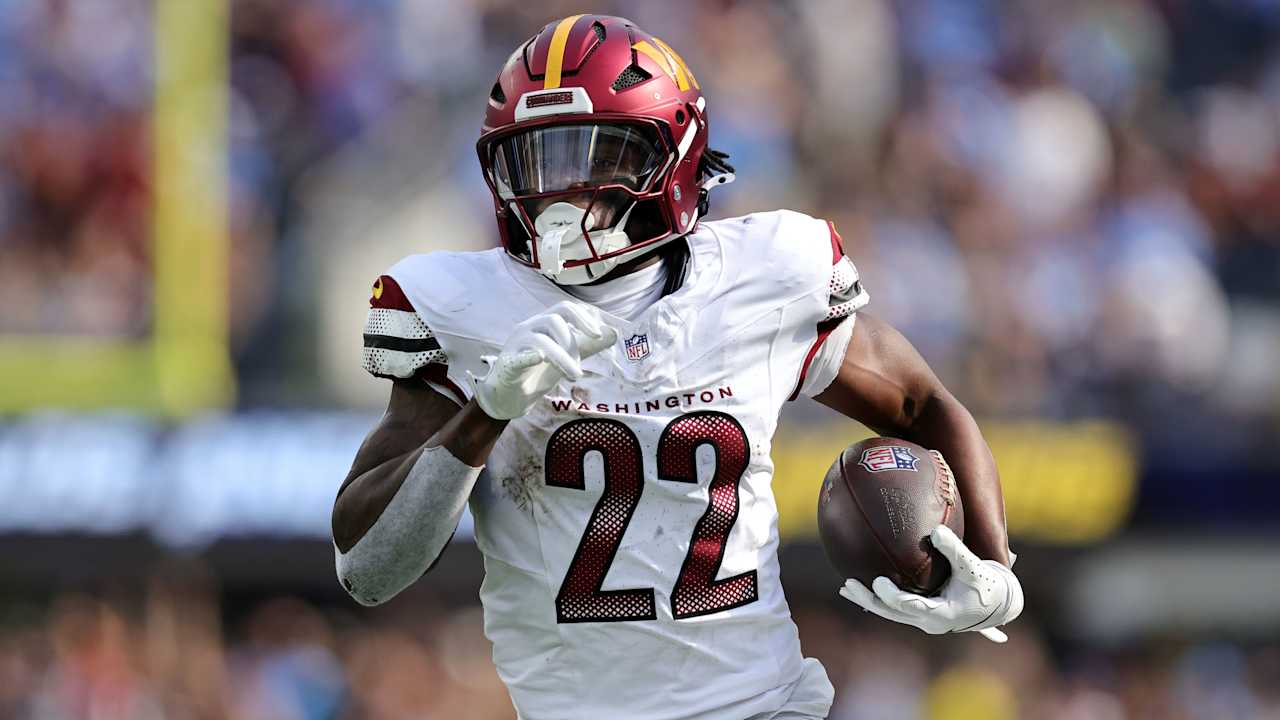At the time Samuel was acquired, McLaurin stood as the undisputed leader in the Commanders’ receiver room, having logged five straight seasons of 1,000-plus yards. However, he missed time during training camp due to a contract dispute, then suffered a quad injury that has kept him out since Week 3, forcing Washington’s offense to adapt to life without McLaurin.
Luckily, Samuel has stepped up as the No. 1 option on the perimeter. So far this season, the former first-team All-Pro leads the Commanders in targets (38), receptions (30), receiving yards (300), receiving first downs (13) and receiving touchdowns (3), showcasing the rugged playing style that made him a nightmare to defend during his San Francisco heyday.
Kingsbury has tapped into Samuel’s talents as a versatile weapon/kick returner by getting him the ball quickly in space on various bubble screens, slip screens and swings behind the line of scrimmage. The low-risk throws not only swiftly deliver the ball to a dangerous runner’s hands, but they also enable Daniels to rack up completions to maintain his rhythm as a passer. Given how efficiently and effectively the offense has operated with Samuel slotted as WR1, the Commanders could absolutely explode when McLaurin rejoins the party, forcing opponents to deal with a raw playmaker (Samuel) and a pair of dangerous route runners (McLaurin and Ertz) at the same time.
Throw in the speed and explosiveness brought by rookie RB Jacory Croskey-Merritt, and it’s clear the Commanders have the personnel to utilize a more balanced approach come January, should they launch another playoff run. As good as these trades appear now, we might look back on them in a few more months as the moves that truly set Washington apart from its counterparts down the stretch.

